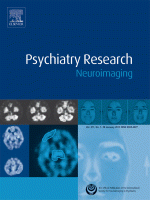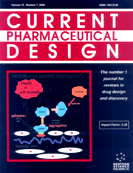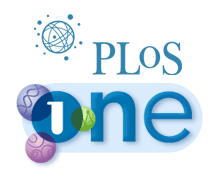
“Since 24 states and the District of Columbia have legalized marijuana in some form, suppliers of legal marijuana have developed Cannabis sativa products for use in electronic cigarettes (e-cigarettes).
Personal battery powered vaporizers, or e-cigarettes, were developed to deliver a nicotine vapor such that smokers could simulate smoking tobacco without the inherent pathology of inhaled tobacco smoke. The liquid formulations used in these devices are comprised of an active ingredient such as nicotine mixed with vegetable glycerin (VG) and/or propylene glycol (PG) and flavorings.
A significant active ingredient of C. sativa, cannabidiol (CBD), has been purported to have anti-convulsant, anti-nociceptive, and anti-psychotic properties. These properties have potential medical therapies such as intervention of addictive behaviors, treatments for epilepsy, management of pain for cancer patients, and treatments for schizophrenia.
However, CBD extracted from C. sativa remains a DEA Schedule I drug since it has not been approved by the FDA for medical purposes.
Two commercially available e-cigarette liquid formulations reported to contain 3.3 mg/mL of CBD as the active ingredient were evaluated. These products are not regulated by the FDA in manufacturing or in labeling of the products and were found to contain 6.5 and 7.6 mg/mL of CBD in VG and PG with a variety of flavoring agents. Presently, while labeled as to content, the quality control of manufacturers and the relative safety of these products is uncertain.”








